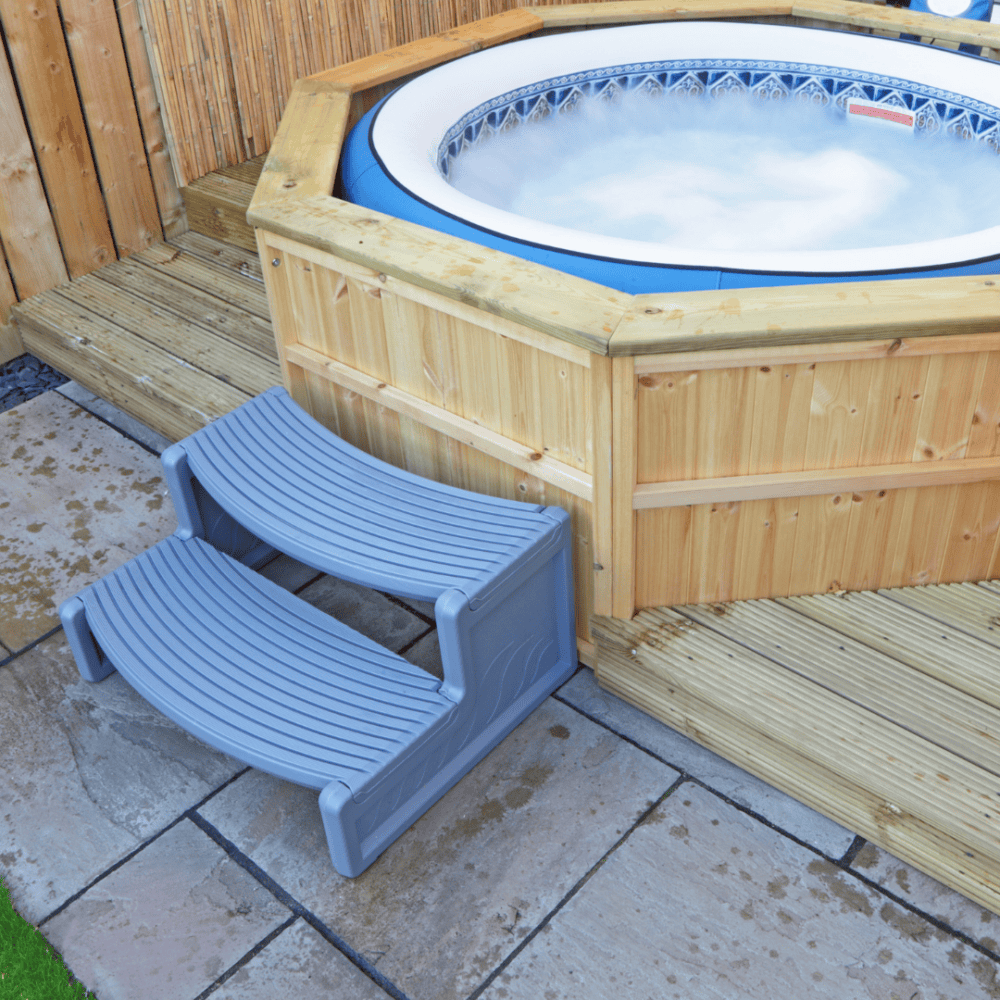Get Ahead in Your Spring Garden with These Additional Tasks!
Table of Contents
These additional spring garden tasks are the key to setting yourself up for success in the months ahead. From preparing your soil for optimal growth to tackling pesky weeds before they have a chance to take over these tips will provide valuable insights and guidance whether you’re a seasoned gardener looking for fresh ideas or a novice eager to learn more.
Inspect and Repair Tools
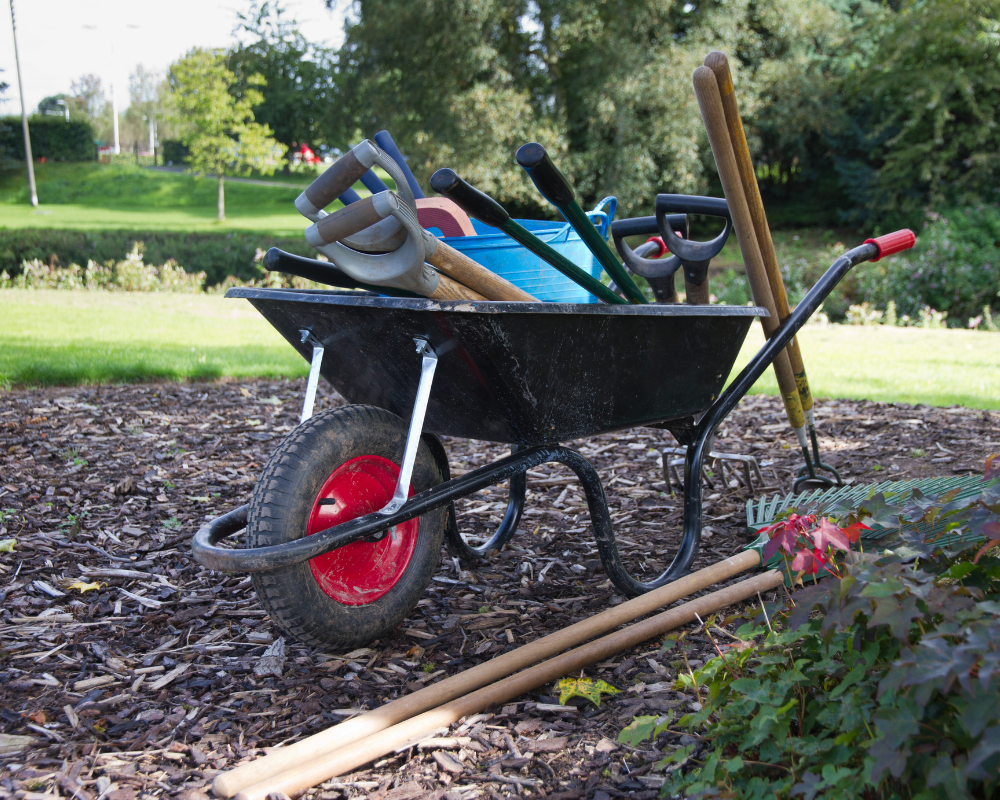
As a seasoned gardener, you know that having the right tools is essential for maintaining a healthy and vibrant garden or additionally an allotment. Even the best tools can become worn or damaged over time. To ensure your garden stays in top condition, it’s important to regularly inspect and repair your gardening tools. Check tools such as shovels, trowels, pruners, and hoses. Clean them, sharpen blades if necessary.
By taking the time to inspect your tools for signs of wear or damage, you can prevent accidents and ensure they work efficiently. Look for any loose screws, broken handles, or dull blades that may need attention. Investing in quality tool maintenance now will save you time and money in the long run by avoiding costly replacements.
Clean Up Garden Beds
It is time to start thinking about cleaning up our garden beds to prepare for new growth. One way to get ahead in your garden is by removing any debris or dead plants that may have accumulated over the winter months. This will not only make your garden look more tidy and organized but also create a healthier environment for new plants to thrive.
In addition to cleaning up debris, consider adding a layer of mulch to your garden beds. Mulch helps retain moisture in the soil, suppresses weed growth, and adds nutrients as it breaks down over time. By taking the time now to clean up your garden beds and add mulch, you can set yourself up for a successful growing season ahead. Remember, a little effort now can go a long way in ensuring a beautiful and bountiful garden later on.
Remove any debris, fallen leaves, and weeds from your garden beds. Rake the soil to loosen it and improve aeration.
Soil Testing
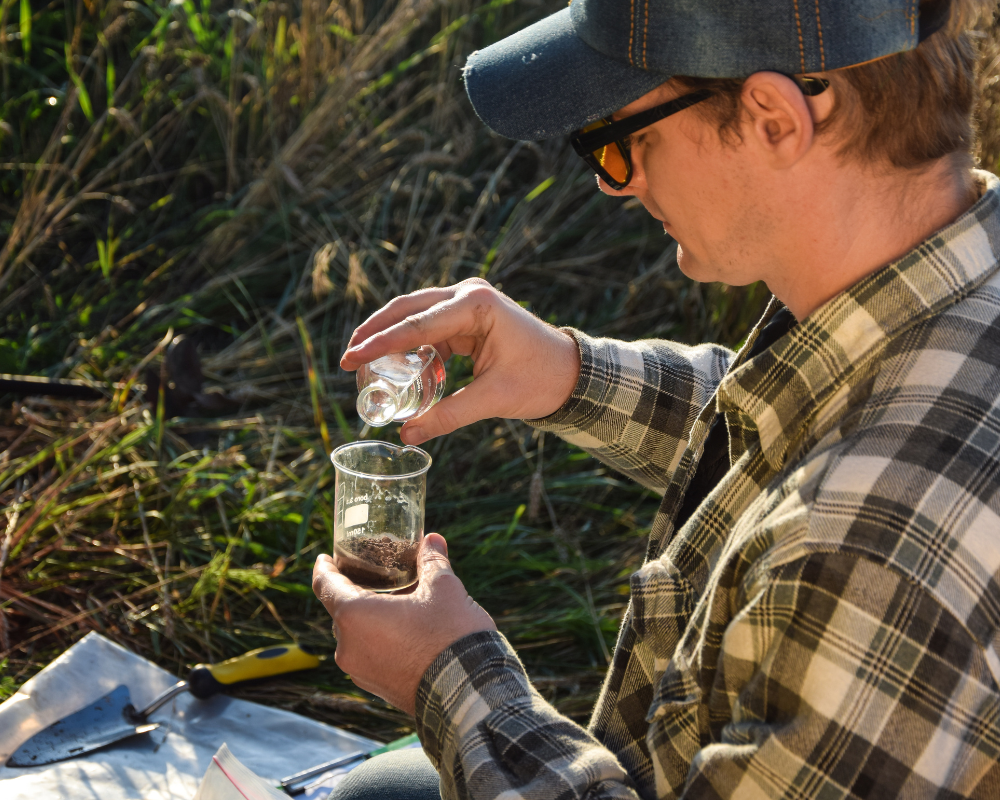
Soil testing is a crucial step in ensuring the success of your garden, as it provides valuable insights into the nutrient composition and pH levels of your soil. By understanding these factors, you can make informed decisions on which fertilizers to use and how to effectively amend your soil for optimal plant growth. Soil testing also helps identify any deficiencies or excesses in nutrients, allowing you to address them before they impact the health of your plants.
One benefit of soil testing is its ability to help you save money in the long run. By pinpointing exactly what your soil needs, you can avoid wasteful spending on unnecessary products and instead invest in targeted solutions that will truly benefit your garden.
Mulching
In addition to cleaning up debris, consider adding a layer of mulch to your garden beds. Mulch helps retain moisture in the soil, suppresses weed growth, and adds nutrients as it breaks down over time and regulates soil temperature. Use organic materials such as shredded leaves, straw, or wood chips.
Pruning
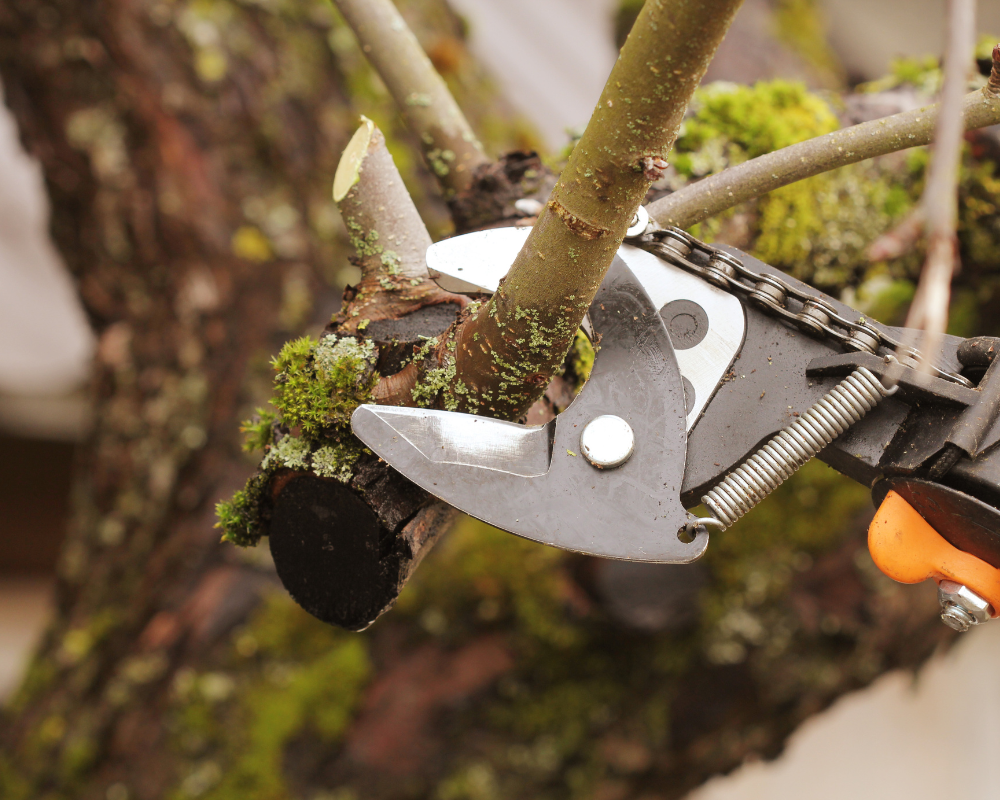
Spring is the perfect time to shape up your shrubs and trees, allowing them to flourish in the coming months. Remember that different plant species have unique pruning needs, so be sure to research each one before making any cuts. With careful attention to detail and a bit of time dedicated to this task, you’ll see the benefits of your efforts as your garden bursts into vibrant life.
Prune dead or damaged branches from trees, shrubs, and perennials. Shape shrubs for a neat appearance and to encourage healthy growth.
Divide Perennials
Dividing perennials is a cost-effective way to populate different areas of your garden without having to purchase new plants. It’s a sustainable practice that not only saves money but also adds variety and interest to your outdoor space.
By dividing overcrowded perennial plants will rejuvenate them and promote better growth. Replant divisions in suitable locations or share them with friends and neighbours.
Plant Cool-Season Vegetables

These plants thrive in lower temperatures and can withstand frost, making them perfect for early spring and late fall harvests. By incorporating a variety of cool-season vegetables such as broccoli, kale, and lettuce into your garden, you can enjoy fresh and nutritious produce throughout the changing seasons. Sow seeds or transplant additional seedlings of cool-season vegetables such as spinach, peas, and carrots. Ensure proper spacing and provide adequate water and sunlight.
One key benefit of planting cool-season vegetables is that they require less maintenance compared to warm-season crops. With proper care and attention, these hardy plants can withstand temperature fluctuations and continue to grow steadily even as the weather cools down. By diversifying your garden with a mix of cool-season and warm-season vegetables, you can maximize your harvest potential and keep your garden productive year-round.
Prepare for Tomato Plants
Get ahead in your garden with preparations for tomato plants. Start by selecting the best location with plenty of sunlight and well-drained soil. Consider using raised beds or containers for better control over soil quality and drainage. Remember to rotate planting locations each year to prevent diseases and pests from building up in the soil.
When preparing the soil, add organic matter like compost or aged manure to improve soil structure and fertility. Test the pH levels of the soil and adjust it accordingly for optimal tomato growth. It’s also a good idea to install supports such as cages or stakes early on to provide necessary support as the plants grow. By taking these proactive steps, you can ensure a bountiful harvest of juicy, flavourful tomatoes in the upcoming season.
Start Seeds Indoors
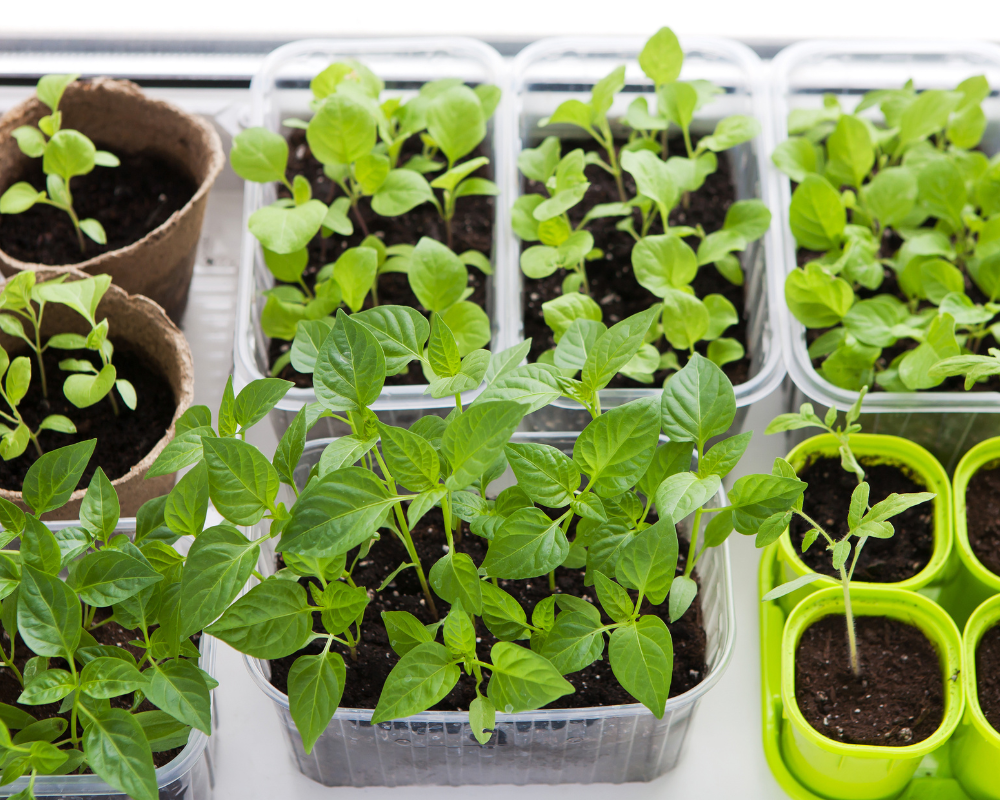
Start seeds indoors for warm-season vegetables and annual flowers. Use seed trays or pots filled with seed-starting mix, and provide sufficient light and warmth for germination.
One key advantage of starting seeds indoors is the ability to get a head start on the gardening season. By planting seeds indoors, you can extend your growing season and have more control over the timing of your harvest. This can be especially beneficial in regions with shorter growing seasons or unpredictable weather patterns. Additionally, starting seeds indoors allows you to experiment with a wider variety of plant species and cultivars that may not be readily available as seedlings at local nurseries.
Another benefit of starting seeds indoors is the opportunity to save money on your garden expenses. While purchasing seedlings from a nursery can add up quickly, starting seeds at home is a cost-effective alternative that can result in significant savings over time.
Inspect for Pests and Diseases
As an avid gardener, staying vigilant in inspecting your plants for pests and diseases can truly make a difference in the health and vitality of your garden. By taking proactive measures to catch any issues early on, you can prevent the spread of infestations and ensure that your plants thrive. Make it a habit to regularly check the leaves, stems, and fruits for any signs of damage or unusual markings.
Take appropriate measures such as handpicking pests, applying organic pesticides, or pruning infected plant parts to prevent spread.
Install Supports for Climbing Plants
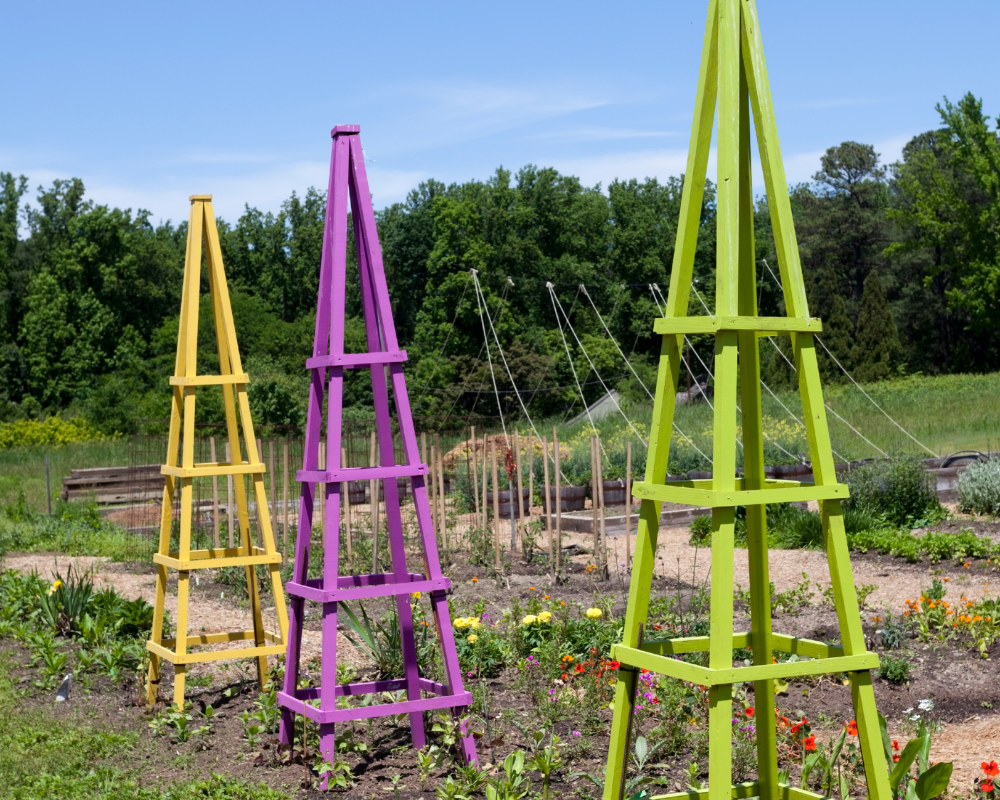
Consider installing trellises, arbours, or obelisks to provide sturdy structures for vines and climbers to thrive. Not only do these supports enhance the visual appeal of your garden, but they also help keep plants organized and prevent overcrowding.
By adding supports for climbing plants, you can maximize your garden space and create vertical interest that adds depth to your outdoor area. Choose supports that complement the style of your garden and consider mixing different types for added dimension. With the right support system in place, you can achieve the full potential of climbing plants and transform your garden in the process.
Set up trellises, stakes, or other supports for climbing plants such as tomatoes, cucumbers, and beans. Train the vines to grow upward for better air circulation and easier harvesting.
Plan and Design
Take some time to plan and design your garden layout for the upcoming season. Consider factors such as plant placement, color schemes, and focal points to create a pleasing and functional garden.
Instead of rushing into planting without a clear vision, take the time to map out your garden layout and planting scheme. Consider factors such as sunlight exposure, drainage, and plant compatibility to ensure a harmonious and thriving garden. Organize your plants based on their watering needs or growth habits to create an efficient and sustainable space. Incorporating elements like raised beds or trellises can not only add visual interest but also maximize space usage, allowing you to grow more varieties of plants in limited areas.
Don’t be afraid to experiment with different layouts or try new plant combinations each season. By continuously refining your garden design based on observation and feedback, you can create a truly personalized outdoor space.
Clean your Patio or Paving Areas
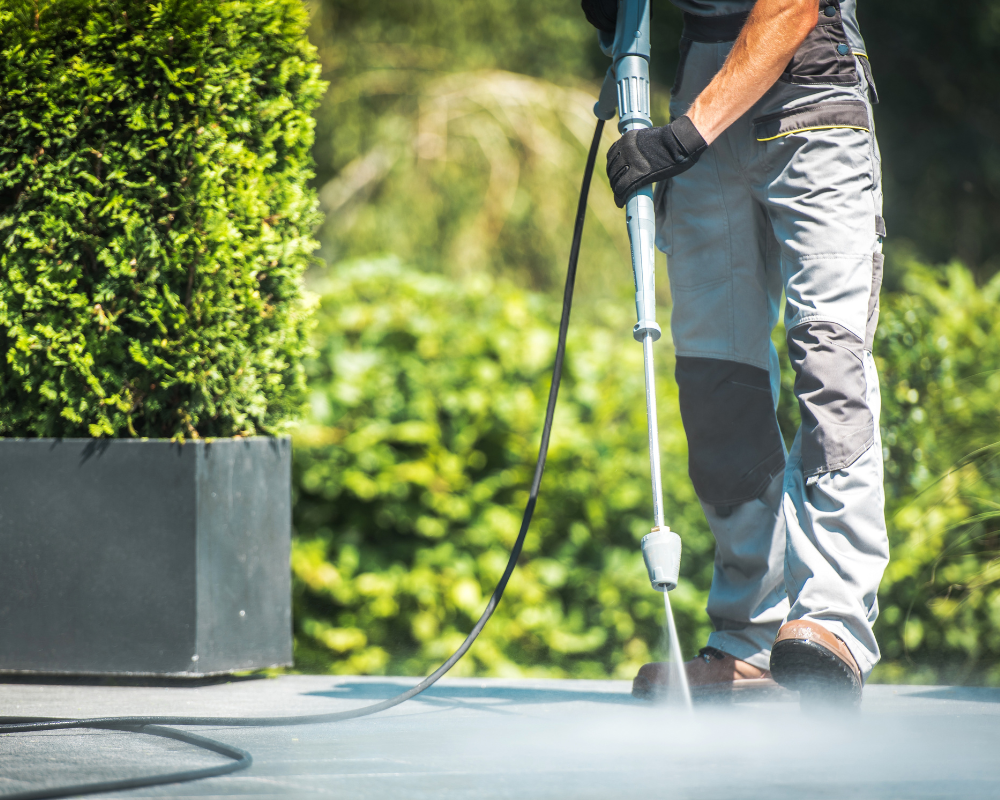
To get ahead in your garden this season, start by sweeping away any debris or fallen leaves that have accumulated over the winter months. After clearing away debris, assess the condition of your patio or paving stones. Look for any cracked or uneven pieces that may need to be replaced or realigned. Take the opportunity to power wash the surfaces to remove dirt and grime, revealing a fresh and clean look for your outdoor sanctuary.
By investing a little time in cleaning and sprucing up your patio or paving areas now, you’ll be able to enjoy an inviting outdoor retreat throughout the spring and summer seasons.
Attend to Lawn Care
In addition to regular mowing and watering, consider aerating your lawn to improve air circulation and water absorption. This simple yet often overlooked step can make a big difference in the overall health and appearance of your grass.
Another key aspect of spring lawn care is fertilizing. Choose a high-quality fertilizer that is specifically formulated for the needs of your grass type. By providing essential nutrients to the soil, you can promote healthy growth and increase resistance to pests and diseases. Don’t forget to also address any bare patches in your lawn by overseeding or reseeding, ensuring a carpet of green throughout the season.
Conclusion
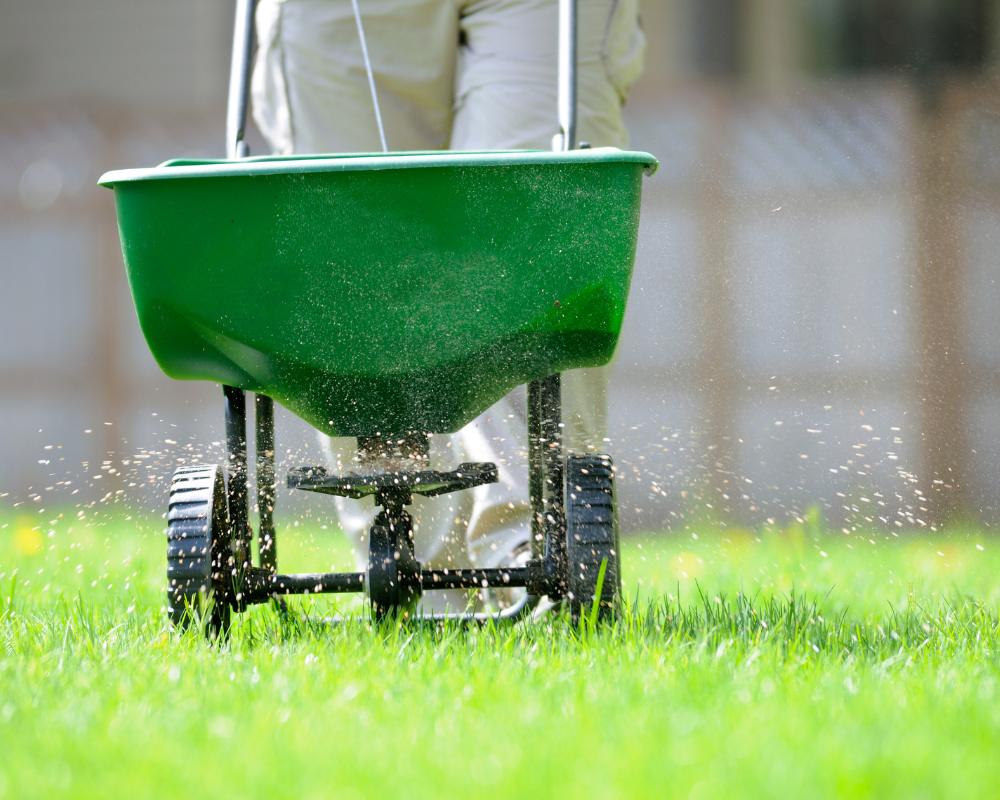
By staying proactive and attentive to the needs of your garden at this time of year, you can maximize its potential and enjoy a bountiful harvest or beautiful blooms. Make this spring the best one yet for your garden by tackling these additional tasks with enthusiasm and dedication!


